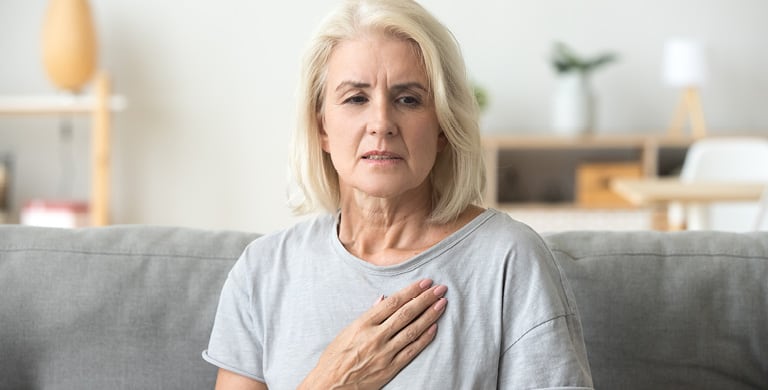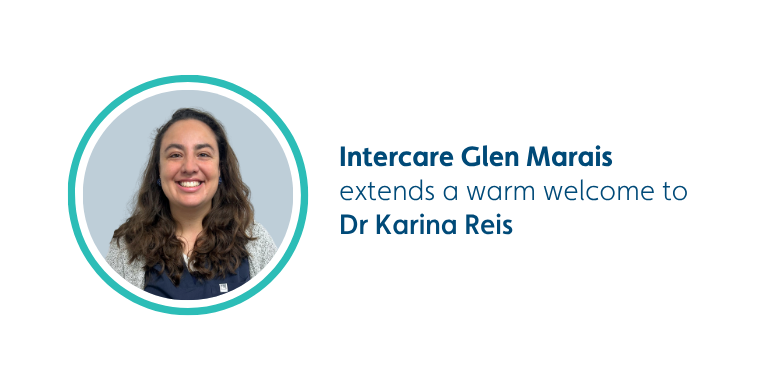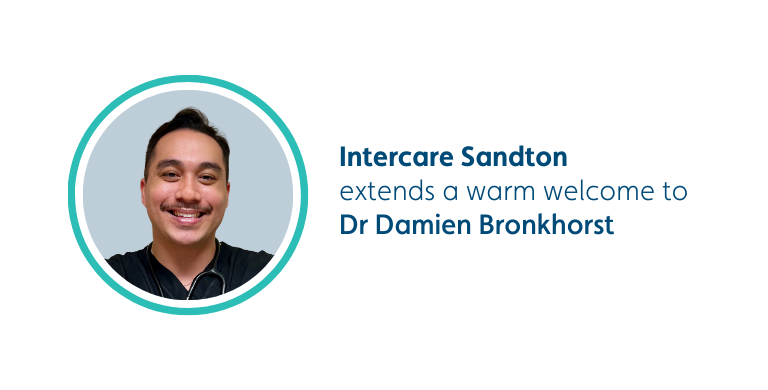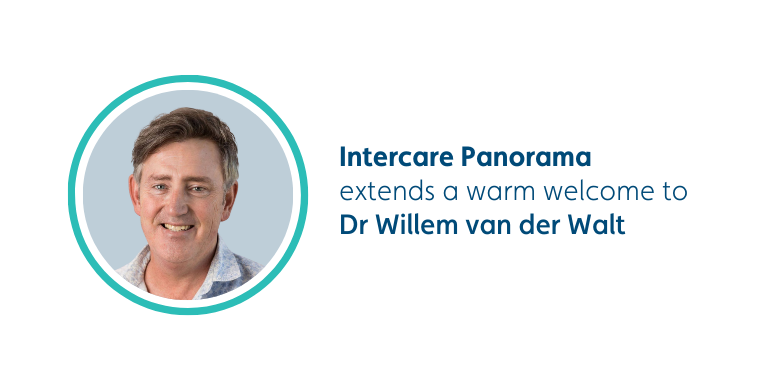What is an arrhythmia?
Have you ever felt your heart flutter, race, or pause unexpectedly? That sensation of your heart “skipping a beat” isn’t just a poetic expression—it can be a real medical condition. Cardiac arrhythmia, also known as an arrhythmia, is an irregular heartbeat that can cause the heart to beat too fast, too slow, or with an irregular rhythm. While occasional irregular heartbeats are common and often harmless, some arrhythmias can be life-threatening and lead to heart failure, cardiac arrest, or stroke. During an arrhythmia, the heart may not be able to pump enough blood to the body. Lack of blood flow can damage the brain, heart, and other organs.
Most arrhythmias are harmless, but some can be serious or even life threatening. During an arrhythmia, the heart may not be able to pump enough blood to the body. Lack of blood flow can damage the brain, heart, and other organs.
Symptoms of an arrhythmia include:
- Dizziness
- Fainting
- Feeling as if your heart skips a beat
- Chest pain
- Shortness of breath
- Sweating
How your heart's "electrical system" works
To understand arrhythmias, it helps to understand the heart’s internal electrical system. The heart’s electrical system controls how fast and steady it beats. Let’s break it down into simple steps:
- The starting point
- Your heart has a natural “spark plug” called the sinus node or sino-atrial (SA) node.
- It’s in the top right part of your heart – the heart’s upper right chamber
- In a healthy adult heart at rest, this “spark plug” fires 60 to 100 times every minute to start each heartbeat.
- The signal travels
- The electrical signal moves to another area called the atrio-ventricular (AV) node.
- This area is like a “speed bump” that slows the signal a bit.
- This short delay gives your heart time to fill with blood.
- The signal spreads
- From the AV node, the signal follows a path that splits into right and left branches.
- These branches carry the signal to the bottom chambers of your heart (ventricles).
- This makes the ventricles squeeze, pumping blood to your lungs and body.
- The heart relaxes and repeats
- After pumping, your heart relaxes.
- Then the whole process starts again from the beginning.
An arrhythmia happens when something goes wrong with this electrical system. For example, in atrial fibrillation, a common type of arrhythmia the top parts (atria) of the heart quiver instead of beating normally. There are many types of arrhythmias. Some are harmless, but others can be serious. The good news is that even serious arrhythmias can often be treated successfully. Most people with arrhythmias can live normal, healthy lives with proper care.
If you’re worried about your heart rhythm, always talk to your doctor. They can help you understand what’s happening and what to do next.
What causes heart rhythm problems?
Your heart’s electrical system can get disrupted
- Sometimes the electrical signals in your heart can get delayed or blocked when the heart’s natural “wiring” isn’t working properly
- Or when the signals can’t travel through your heart as they should
- Sometimes, other parts of your heart might start sending extra signals, which confuses the normal heartbeat
Everyday habits that can affect your heart rhythm
- Smoking
- Drinking too much alcohol
- Using drugs like cocaine or amphetamines
- Some prescription and over-the-counter medicines
- Too much caffeine (from coffee, energy drinks, or tea)
- Too much nicotine (from cigarettes or vaping)
Stress and your heart
- Strong emotions or stress can affect your heart rhythm
- When you’re very stressed or angry:
- Your heart works harder
- Your blood pressure can go up
- Your body releases stress hormones
- These changes can sometimes trigger heart rhythm problems
Medical conditions that can cause heart rhythm problems
- Heart attack
- High blood pressure
- Heart disease
- Heart failure
- Thyroid problems (when your thyroid is too active or not active enough)
- Rheumatic heart disease
Important: Many of these causes can be controlled or treated. Talk to your doctor about ways to protect your heart health.
How do doctors treat heart rhythm problems?
Your doctor may suggest treatment if the arrhythmia causes serious symptoms, such as dizziness, chest pain, or fainting. Your doctor also may recommend treatment if the arrhythmia increases your risk for problems such as heart failure, stroke, or sudden cardiac arrest. Common treatments are medicines and special medical procedures.
Medicines
Medicines that slow a fast heartbeat
- These help when your heart is beating too quickly
- Examples: beta blockers, calcium channel blockers, and digoxin
- Often used for a common problem called atrial fibrillation (AF)
Medicines that fix irregular heartbeats
- These help your heart beat in a normal, steady rhythm
- Examples: amiodarone, sotalol, and flecainide
- These can have side effects, sometimes making an arrhythmia worse or even causing a different kind of arrhythmia.
Medicines for slow heartbeats
- Currently, there are no medicines to speed up a slow heart
- Doctors use small devices called pacemakers for this problem
Blood-thinning medicines
- Used for some heart rhythm problems, especially atrial fibrillation
- Help prevent blood clots
- Examples: warfarin, dabigatran, and aspirin
Medicines for other health problems
- Sometimes, fixing another health issue can help your heart rhythm
- For example, treating thyroid problems or heart disease
Remember:
- Always take medicines exactly as your doctor tells you
- Tell your doctor about any side effects you notice
- Never stop taking your medicine without talking to your doctor first
Special medical procedures
When medicines don’t work well enough, doctors might use special procedures to help your heart beat normally. Let’s look at some of these:
- Pacemakers: Your heart’s helper
- What it is: A small device put under the skin of your chest or belly
- How it works:
- It watches your heart’s electrical signals
- If it sees an abnormal rhythm, it sends tiny electrical pulses
- These pulses help your heart beat at a normal rate
- Good for: Treating slow or irregular heartbeats
- Electrical cardioversion: Resetting your heart’s rhythm
- What it is: A quick, controlled electrical shock to your heart
- How it works: The shock helps your heart reset to a normal rhythm
- Good for: Treating certain types of fast or irregular heartbeats.
- Implantable cardioverter defibrillator (ICD): Your heart’s guardian
- What it is: Like a pacemaker, but for more serious rhythm problems
- How it works:
- It constantly watches your heart rhythm
- If it detects a dangerous rhythm, it sends an electric shock
- This shock helps restore a normal heartbeat
- Good for: People at risk of life-threatening heart rhythms
- Electrophysiology study (EPS) and catheter ablation: Finding and fixing the problem
- What it is: A test to look closely at your heart’s electrical system
- Where it’s done: In a special hospital room with trained heart doctors and nurses
- How it works:
- The doctor puts small tubes into a blood vessel in your groin
- Through these tubes, they pass thin wires to your heart
- These wires help the doctor see and test your heart’s electrical activity
- Catheter ablation:
- If they find the source of the problem, they can often fix it right then
- They use energy sent through the wire to destroy tiny areas of heart tissue causing the problem
- This can stop abnormal heart rhythms from starting
If you think you have an arrhythmia, you should consult your doctor. They can determine the cause and severity of your arrhythmia and recommend treatment, which may include medicine, procedures, or lifestyle changes. They’re there to help you make the best decision for your heart health.
Reviewed: November 2024












